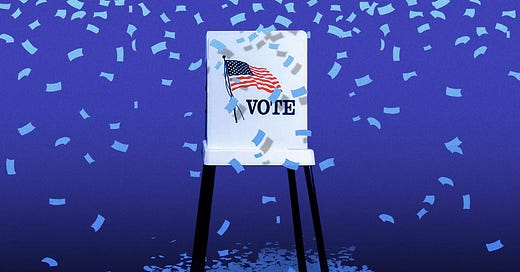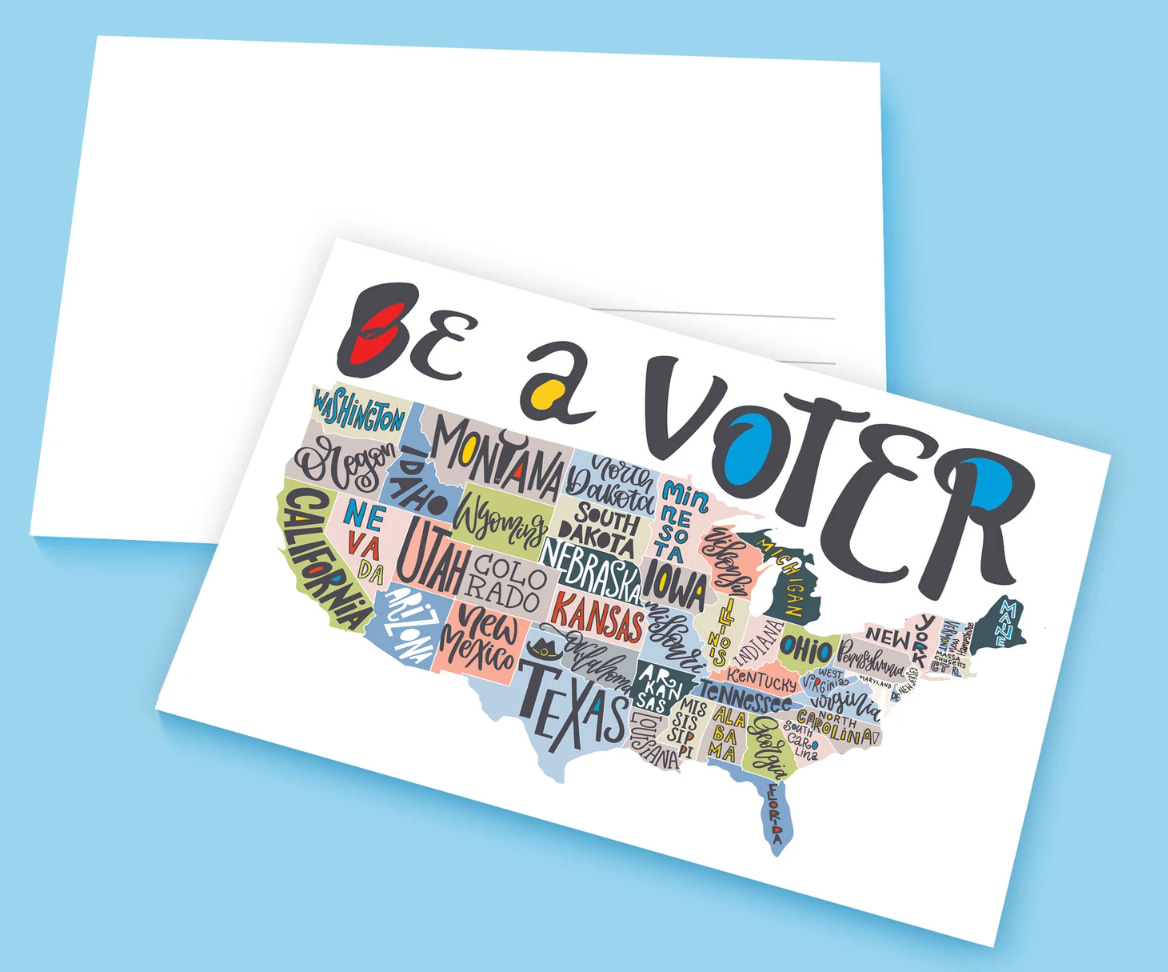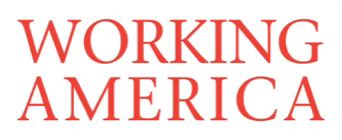By Martha Merson
What is your favorite message to voters? Do you prefer to remind them of an upcoming election? Encourage them to register? Give them information about a candidate?
Whatever the message might be, the goal is clear: generate more Democratic votes and fewer Republican votes, elect Kamala Harris, keep the U.S. Senate, take back the House, and make gains in key state legislatures across the country.
Though some pay attention to messaging, it’s easy to overlook important differences in outcomes. Bob Newby, co-facilitator of the Field Leaders Research Network, explains the metric of Net Democratic Votes.
To calculate the impact of any campaign, Newby says, take the number of Democratic votes gained and subtract the number of Republican votes gained at the same time. The result is Net Democratic Votes, an objective measurable effect. So if a mailing generates eight out of ten new Democratic voters, and two new Republican voters, you’ve earned six Net Democratic Votes. The two new Republican voters counteract two of the eight new Democratic voters.
With this lens, we can be more savvy about the outcomes of mailing campaigns. These include:
Voter Registration: Where the goal is to increase the pool of registered voters, encouraging all unregistered voters will likely result in some registering as Republicans or as unaffiliated. To increase the total Net Democratic Votes registration drives often target locations that are known as left-leaning.
Get Out the Vote campaigns encourage episodic voters to turn out, increasing the total votes cast, but not necessarily garnering votes for a specific candidate or ballot initiative. Research shows that these messages have a greater impact on turnout — and on NDV — when they include specific information about how and where to vote.
Vote by Mail campaigns serve as an incentive to vote and those who do sign up save labor for campaign organizers. In addition, with updated addresses and the records of mailed ballots, campaigns can gain more NDVs by focusing resources on likely Democratic voters who haven’t yet cast ballots.
Persuasion campaigns shift eligible voters from Undecided to Democratic OR from voting Republican to Democratic. If the Democratic candidate gains a vote at the same time that the opponent loses a vote, each vote switch results in two net Democratic votes. This is a highly desirable outcome, and among the most difficult to achieve.
Persuasion Happening Now
A number of grassroots groups have teamed up with Working America (WA), a community affiliate of the AFL-CIO, to collaborate on a campaign likely to yield high numbers of Net Democratic Votes.
Working America has a proven strategy for reaching working class people self-described as conservative or moderate. As part of a multi-touch campaign, members receive handwritten letters including personal stories about healthcare as a reminder that healthcare is an important issue in this election. Close to Election Day, Working America will contact those same members by phone or text to connect good healthcare policies with particular candidates.
Issue-based letters written by volunteers are only one of the “touches” WA uses to reach out to its members. In battleground states, organizers and volunteers are talking to 6,000 people every day, recruiting members mainly through door-to-door canvassing. Working America then stays in touch with these people year-round, providing information on how to access unemployment benefits, utility bill subsidies, health care, and other benefits. WA will also reach out to members through phone calls, texts, and more canvassing to find out what’s most important to them.
Using these various “touches,” WA tells members how their elected representatives have voted on issues that are important to them – like healthcare, affordable housing, good jobs, and good schools. By election day, Working America members will have a strong sense of which candidates align with their personal values.
To increase Net Democratic Votes, WA has found it is critical to avoid overtly partisan appeals. WA research shows that members respond negatively to overtly political messages. That’s why WA letters are the opposite of slick. They don’t have a logo, don’t urge members to vote for a specific candidate or party, and don’t use color – because these things turn off members. Then, when it’s election time, WA members trust WA’s recommendations about which candidates support people like them. Letter writers choosing the Working America campaign are signing on to a campaign that is built on extensive research to maximize impact, and proven results.
For more information about the Working America letter-writing program click here.
In the Name of Democracy
Thanks to all who believe in the power of the postcard and in letter writing in the name of democracy. As you choose among campaigns, remember, you can be deliberate when choosing where and how to direct your energy.
Acknowledgements
31st Street Swing Left mailing team co-leads, Roberta McIerney and Jon Medalia, drafted a description of the Working America campaign, which was a helpful reference for this article. Robert Newby and Susan Labandibar laid the foundation for this article.
Martha Merson writes letters and postcards from picnic tables at her favorite swim spots around New England.








Great post. Thank you